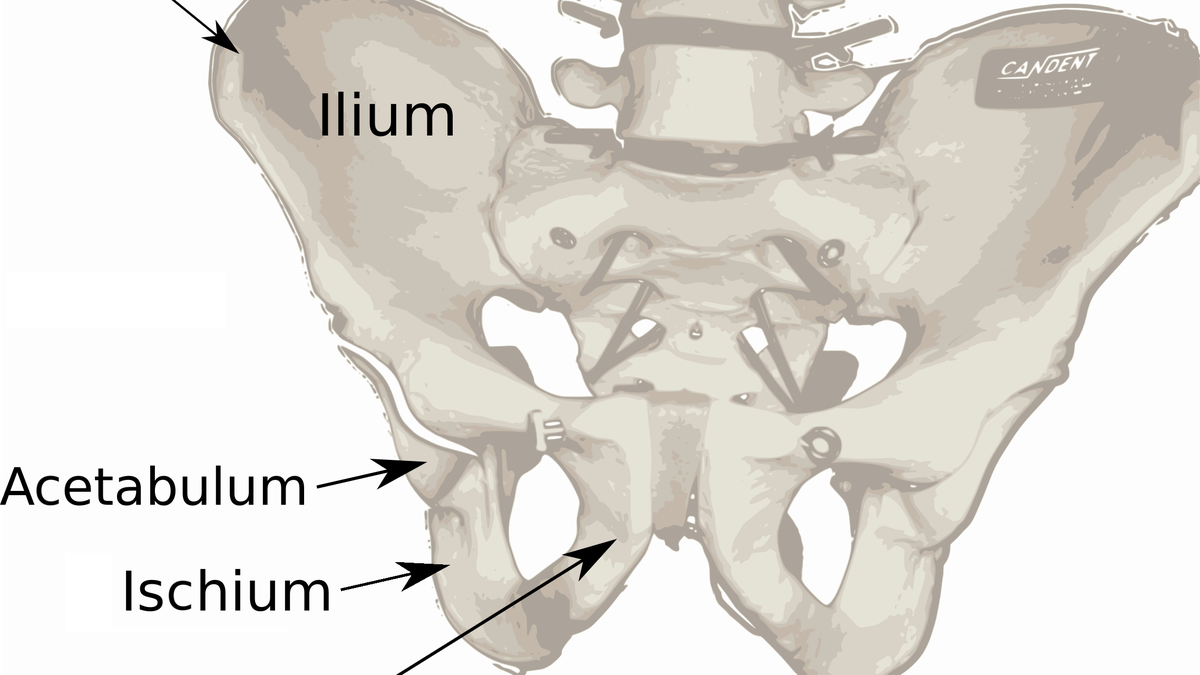New research has uncovered crucial details about how ancient humans evolved to walk on two legs. Scientists have studied the development of the human pelvis during embryonic stages. This research reveals that our ancestors adapted to bipedalism—the ability to walk upright—through a two-stage evolutionary process.
Understanding Pelvis Development
During embryonic growth, the human pelvis undergoes distinct changes that are not seen in other primates. These hidden steps in pelvis formation help explain the anatomical shift that allowed our ancestors to stand upright and walk efficiently. Researchers found that the pelvis shape transforms twice before birth, matching fossil evidence from early hominins.  This discovery bridges the gap between embryonic development and evolutionary history.
This discovery bridges the gap between embryonic development and evolutionary history.
The Path to Bipedal Evolution
By analyzing embryos and fossils, scientists have pieced together how humans took their first steps on two legs. The changes in pelvis structure provided better balance and mobility, setting humans apart from their primate relatives. This research not only solves longstanding mysteries about human evolution, but also highlights the importance of developmental biology in understanding our past.
Sources:
Source